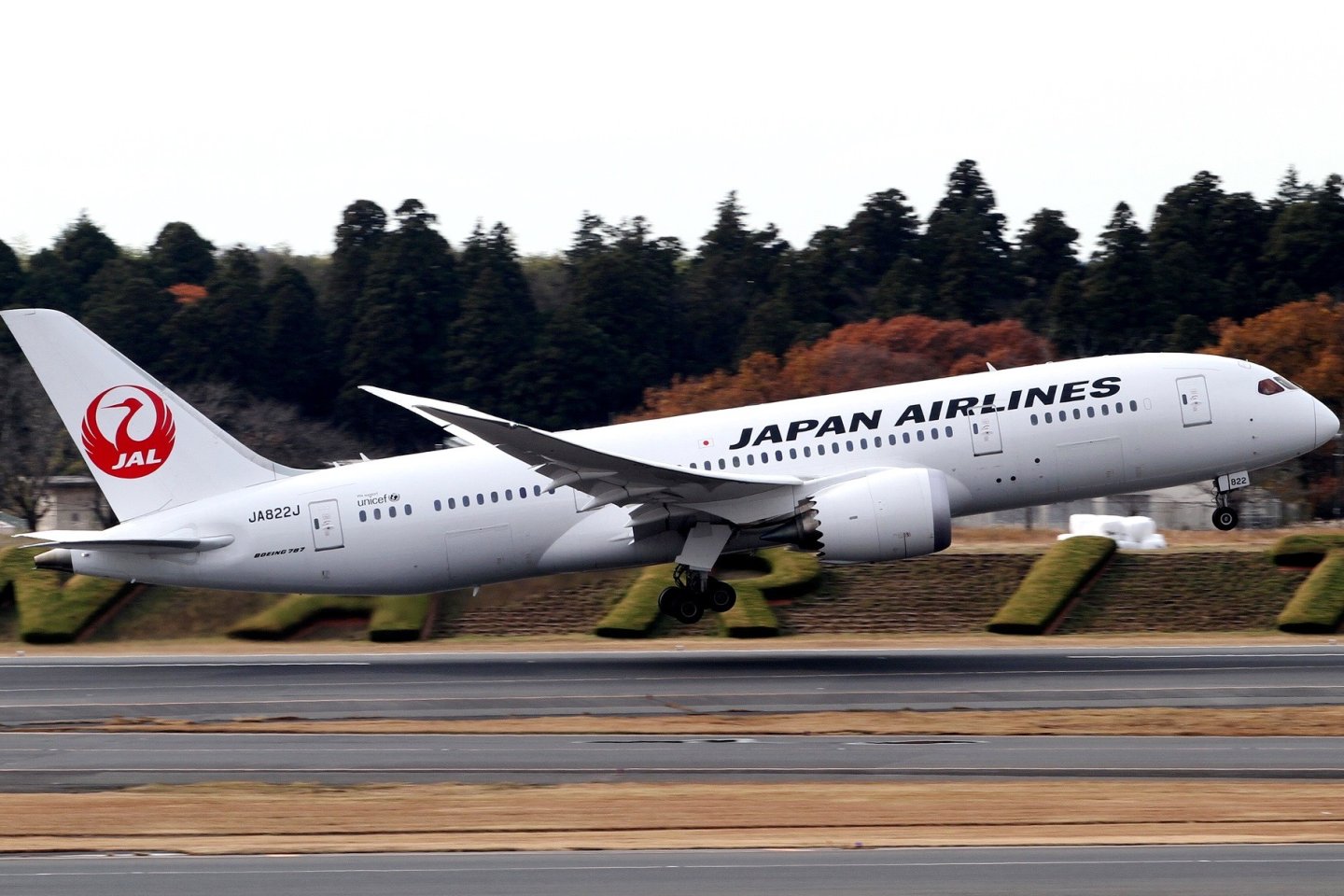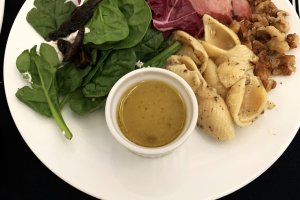As the gateway to Oceania, Australia is deeply connected by the Pacific Ocean, an ocean that defines us, shaping our past and present. Today we fly over and look down at the ocean and wonder, who inhabit these islands, and what do they have to say to us?
Epeli Hauʻofa, an anthropologist from the University of the South Pacific, reminded us that “We are the sea; we are the ocean. Oceania is us.”. Another elder said “We sweat and cry salt water, so we know the ocean is really in our blood. Furthermore, “we should not be defined by the smallness of our islands, but in the greatness of our oceans.”
Pius Mau Piailug, a master navigator from the Caroline Islands once said “Before we sail, throw away all things that are worrying you. On the ocean you will be under the control of the captain”
Ancient seafarers navigated using the Southern Cross, so it is no wonder that this constellation on the southern end of the Milky Way light up the flag of Australia today, while the flag of Japan is the rising sun, giving direction and life to this archipelago of over 400 inhabited islands. When we look up at the flag, we look to the skies at the same time, a symbol of what is beyond.
But at the same time, there is nothing like looking at the rising sun in the horizon, or the falling stars at night, to rediscover the joy of travel.
History
Speaking of the moon and stars, on 21 Jul 1969, Neil Armstrong was the first man to land on the moon, on Apollo 11. At that stage, the plans to fly from Sydney to Tokyo was underway.
On 30 Sep 1969, JAL inaugurates the Sydney route (with a Douglas DC-8 four engine jet plane, via Manila, with a speed topping over 900 km/h.
Today, JAL is the airline of choice, with many government and business leaders flying between these two cities. Its high reliability meant that a few years back, officials were moved to this flight when the other airline did not clear departure checks in time.
Check In and Departure
It is not often that you are greeted by the Country Manager of JAL at the check in counters at Sydney Airport, but Hanasaki san, working with the charm and professionalism of a captain, takes the time to chat with the passengers as they get ready, ensuring that check in is a seamless experience. The professionalism continues at the boarding gate, and with the orderly boarding by groups which are neatly separated by the tapes and clear signs held by staff, much better than my experiences in other large airports or airlines.
Economy Class
Now that you are likely to be awake for most of the flight, it’s time to check out the service and facilities. For an 815 am morning flight (915 am during daylight savings time), there is no breakfast. At first, I thought this was an oversight. Then they served lunch at 10 past ten in the morning. While the 1010 am lunch seems like lousy service but considering many passengers had eaten breakfast at 6 am to make this 815 am flight, it is actually Omotenashi or the spirit of considerate Japanese hospitality. To me, it is these small considerate acts of kindness that makes the difference, from the complementary creative children’s toys and activity packs to the extra assistance putting luggage up during the flight, much to the relief of parents who are constantly packing and unpacking items for their kids.
The flight crews are attentive and kept busy throughout the day, from the endless supply of beverages to the airy crackers that pop in your mouth. For lunch, we had soba noodles in a stock that was so light and fresh you want to drink the stock whole, and personally go up to the chef for hand grating the ginger garnish for the 300 passengers. A western-style lunch was also available. One thing to remember is that being a long flight at ten hours, it would be good to bring your own hand cream, as you are likely to wash your hands more than once with the numerous meals you are going to partake in, and unlike Business Class, you won’t have hand cream in the bathrooms. They were kind enough though to provide toothbrush and mouthwash sets in the afternoon.
After lunch, we all got personal tubs of chocolate ice cream. Decadent and luxurious, it was so good that it brought back memories of childhood getting ice cream from the vendors in the park. I almost wanted the toy planes the 5-year-old in front of me got.
Business Class
In Business Class, there was a choice of Western and Japanese cuisine for lunch. While my hunger got the better of me and I opted for beef, in retrospect, I should have tried the Japanese option. It is always difficult to get a steak right on a plane, and not having the ability to choose on the spectrum between rare and well done, meant that my steak was a bit overcooked for my liking. Like eggs at breakfast, everyone has a specific preference, one that could be hard to replicate in a flight. On the other hand, the Stroganoff Mushroom and wine sauce filled with umami and as good as any French restaurant, likewise the bread, carrots and spinach that accompanied the beef. The salad was a course in meditation and truly tasting the flavours of nature. Just tasting and crunching each leaf connects me a little bit closer to the verdant countryside, and a great way to prepare me for my communion with nature, one that would take me the thousand-year-old forests of Aomori, literally the “Blue Forest” of Japan.
The hospitality continues with their coffee menu, which is clearly explained by the scale of roast, body and acidity, taking the guess work in deciding whether to have it or not.
When the quiche came out for afternoon tea the Japanese would meticulously use their knives and forks while the few Australians on board would eat it, meat pie style, perfectly balancing it on one hand from years of experience.
The return flight from Tokyo to Sydney is overnight, its timing almost in tandem with its OneWorld sister airline Qantas, like two cranes flying together across the pacific. The 2-4-2 Economy Class seat configuration is perfect for couples, and while these days you are less likely to stretch out flatbed style on an empty row of 4 economy seats, the extra width is handy compared to other airlines when you are trying to rest.
Entertainment
On a ten-hour flight, the entertainment is paramount. The audio selection is impressive, especially their Japanese pop which has dedicated channels for each decade. So, whether you are wanting J-Pop or some old-time Enka folk music, they have got it covered. Even if you haven’t heard Japanese popular music before, it is worth giving it a try, with artists like “Bump of Chicken” and “Acid man” taking my fancy.
The movie selection is good too, and while the English language collection is a bit limited compared to Qantas. They do have some old time treats like Elvis, for those wanting to catch up on their movie education. There is also a solid selection of Chinese and Indian films, though they are limited to Japanese subtitles.
Their highlight is the Japanese new releases, with a number of titles being released prior to the Japanese Film Festival. I saw this movie called soup, where the dead had more life than the living. It was like the dead had something to teach us about living life enthusiastically no matter what the circumstances were.
After three weepy Japanese movies and what seems like a never-ending beverage and meal service, I am in a state of bliss. Soon we would land; it would be like the spaceship will dock on another planet, one like a fairy tale. I once left my umbrella in a convenience store in Osaka, but in the Peter Pan-like world of Japan, I found it, untouched, the next morning. It is like the land of the happily ever after, only real. Someone in a movie once said that fairy tales are not lies, but gifts for the heart.
Welcome to Japan, the land of fairy tales. It is the perfect way to settle for a dream trip and experience Japanese hospitality from the moment you board.
Why would you fly this flight?
For those who can’t sleep on planes, the daylight nonstop service between Sydney and Tokyo is a godsend. Departing at a reasonably civilised hour of 8:15 a.m. (915am during daylight saving time), it arrives in Tokyo Haneda just before 5pm in the evening. It is perfect timing to enjoy dinner in Tokyo, or for a seamless connection to Osaka, Sapporo, Nagoya, Fukuoka, or Naha, all in time for supper at your final destination.
For passengers continuing to Asia, Europe or North America, an early arrival allows a greater choice of connections. JAL has also started flying their Boeing 787-9 Dreamliner flights from Australia to Japan. The Economy Class seats are an incredible 18.5 inches wide, the same as premium economy on British Airways or Lufthansa, and the food service is very high quality.
Conclusion
There is more than we thought that ties the heritage of Japan and Australia together. Centuries ago, Aboriginal Australians crafted the Morning Star Pole to guide the souls of the deceased, similar to the Obon lanterns guiding the journeys from heaven to earth.
In ancient mythology, the morning star created the lands and animals as she crossed the shoreline and celebrated during the Australian Bicentenary in the in the ten dollars note. Today, create your own memories as you cross the shoreline at Tokyo Haneda.



































